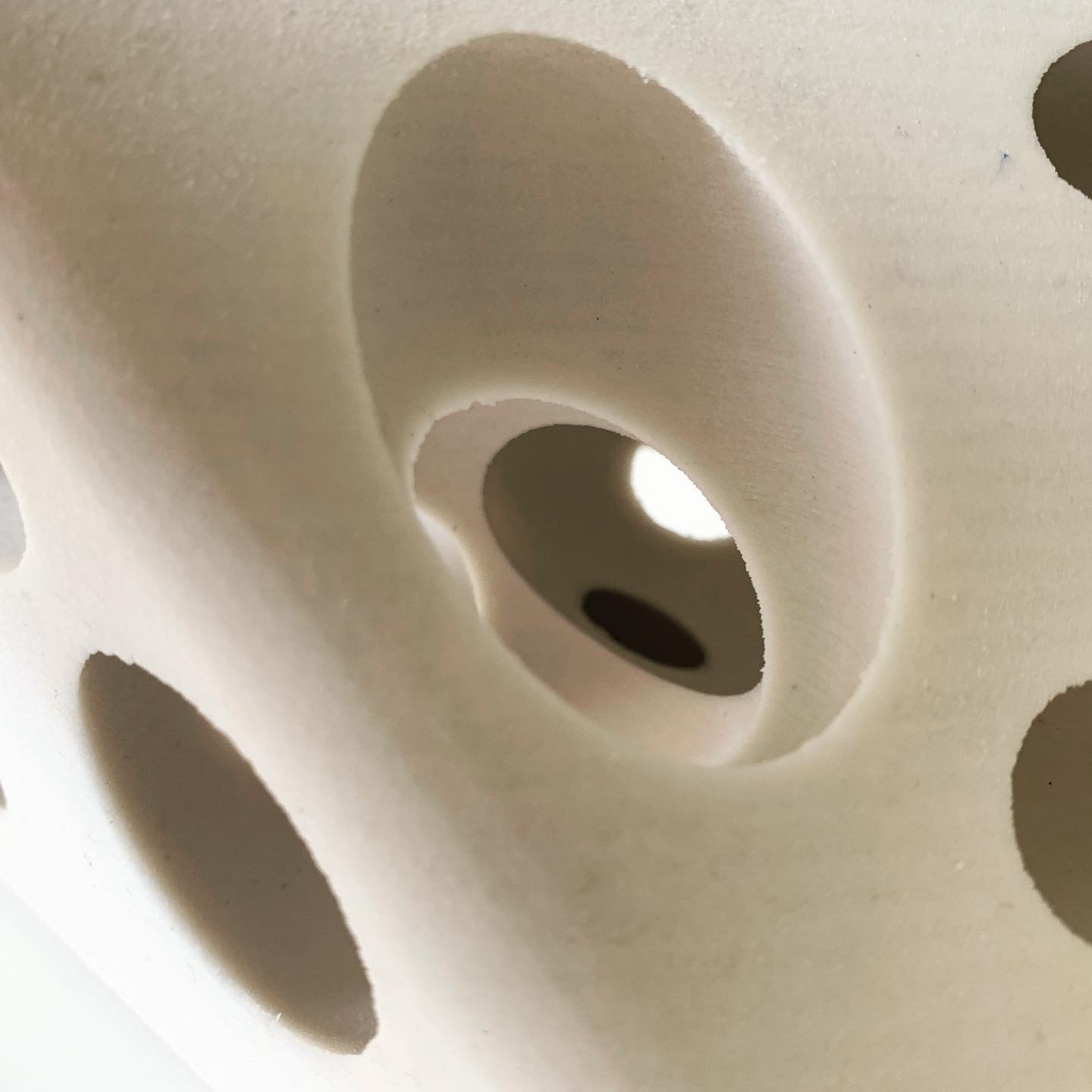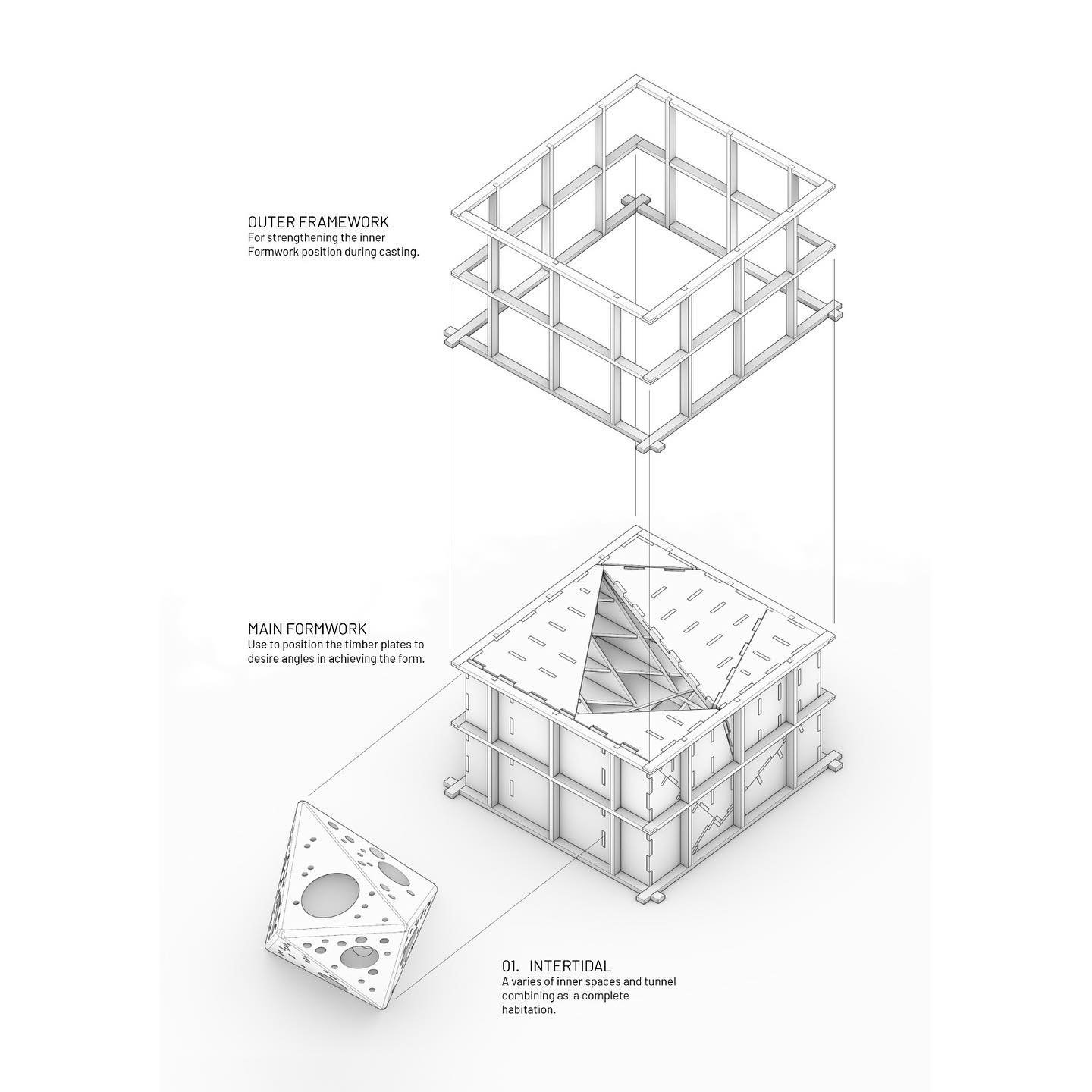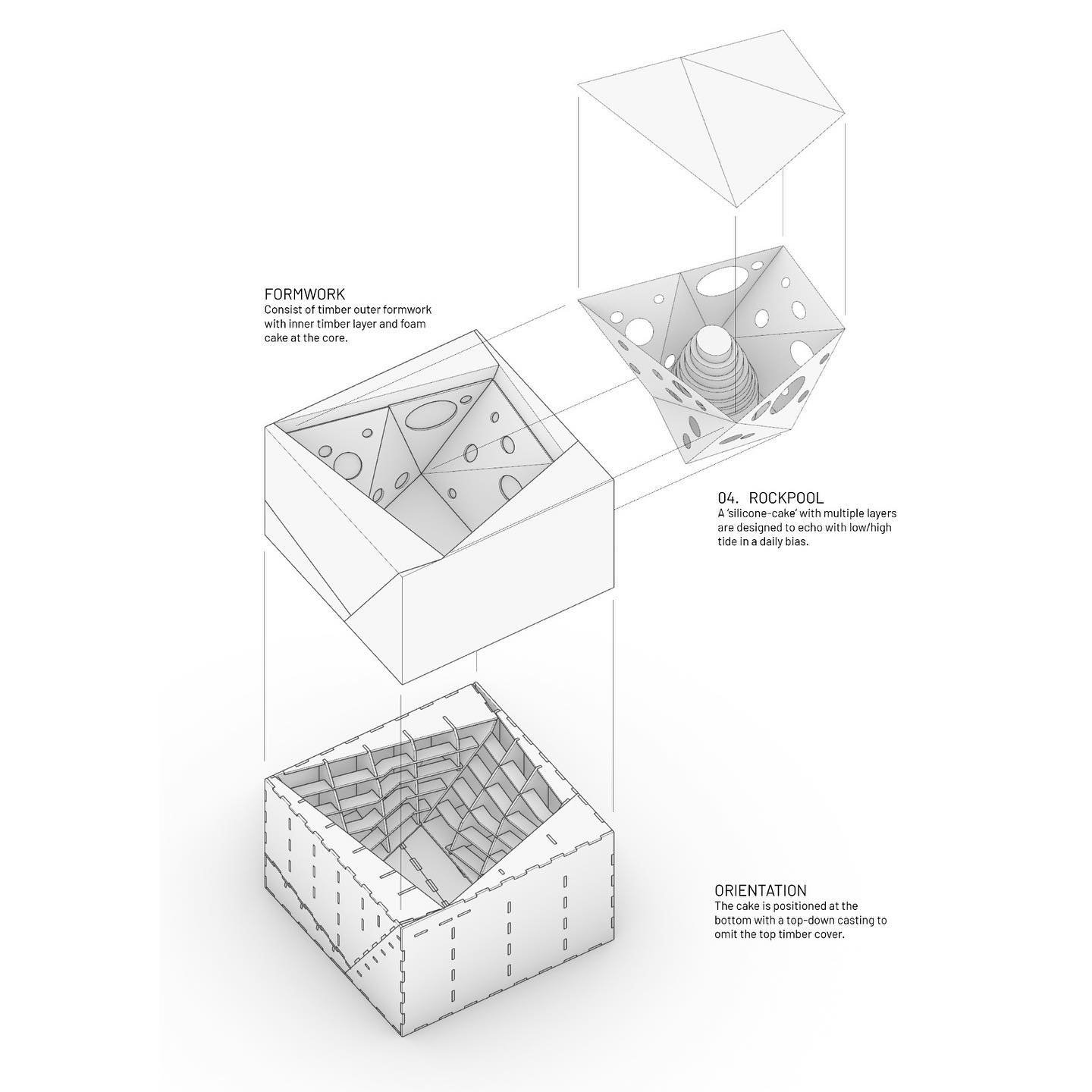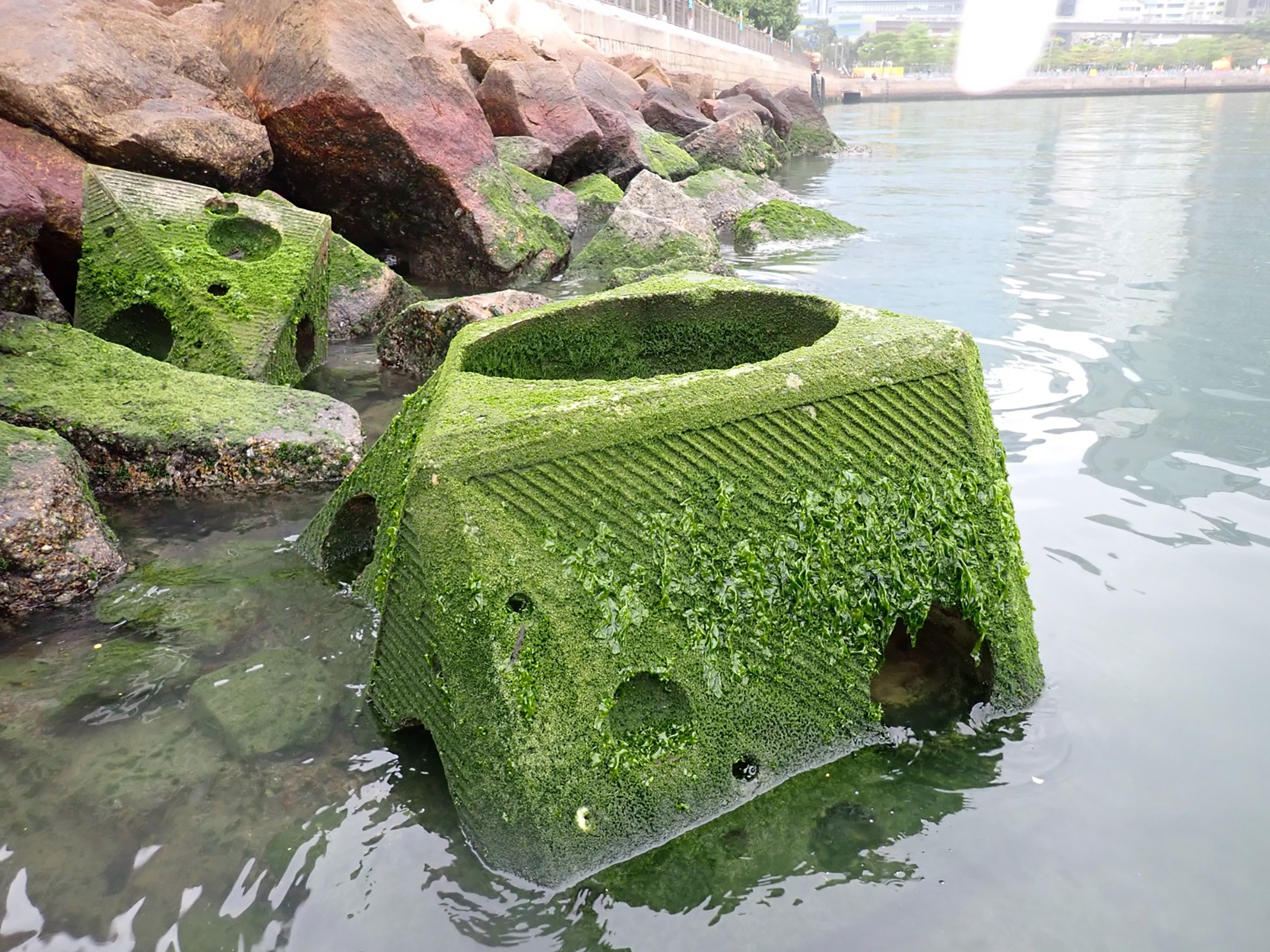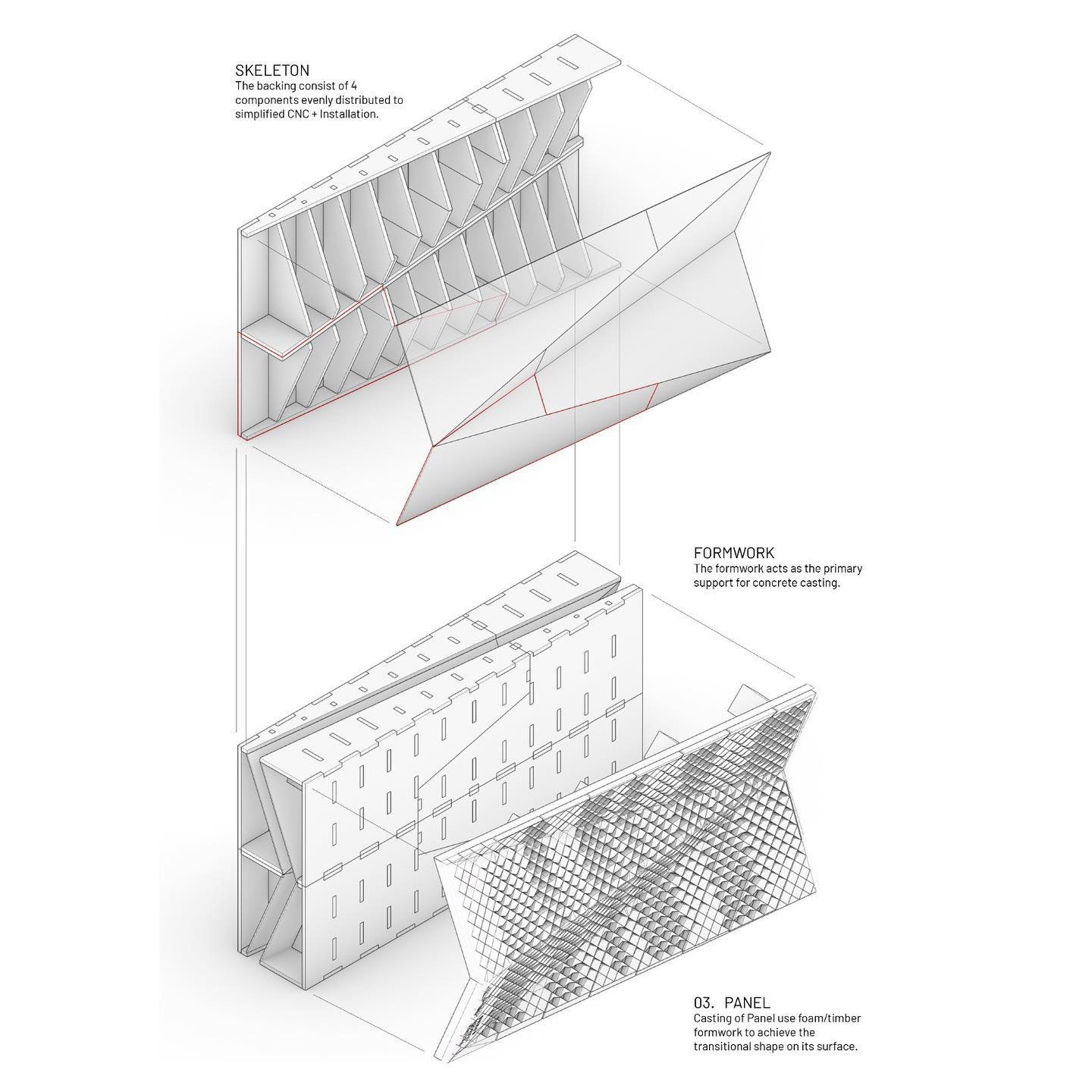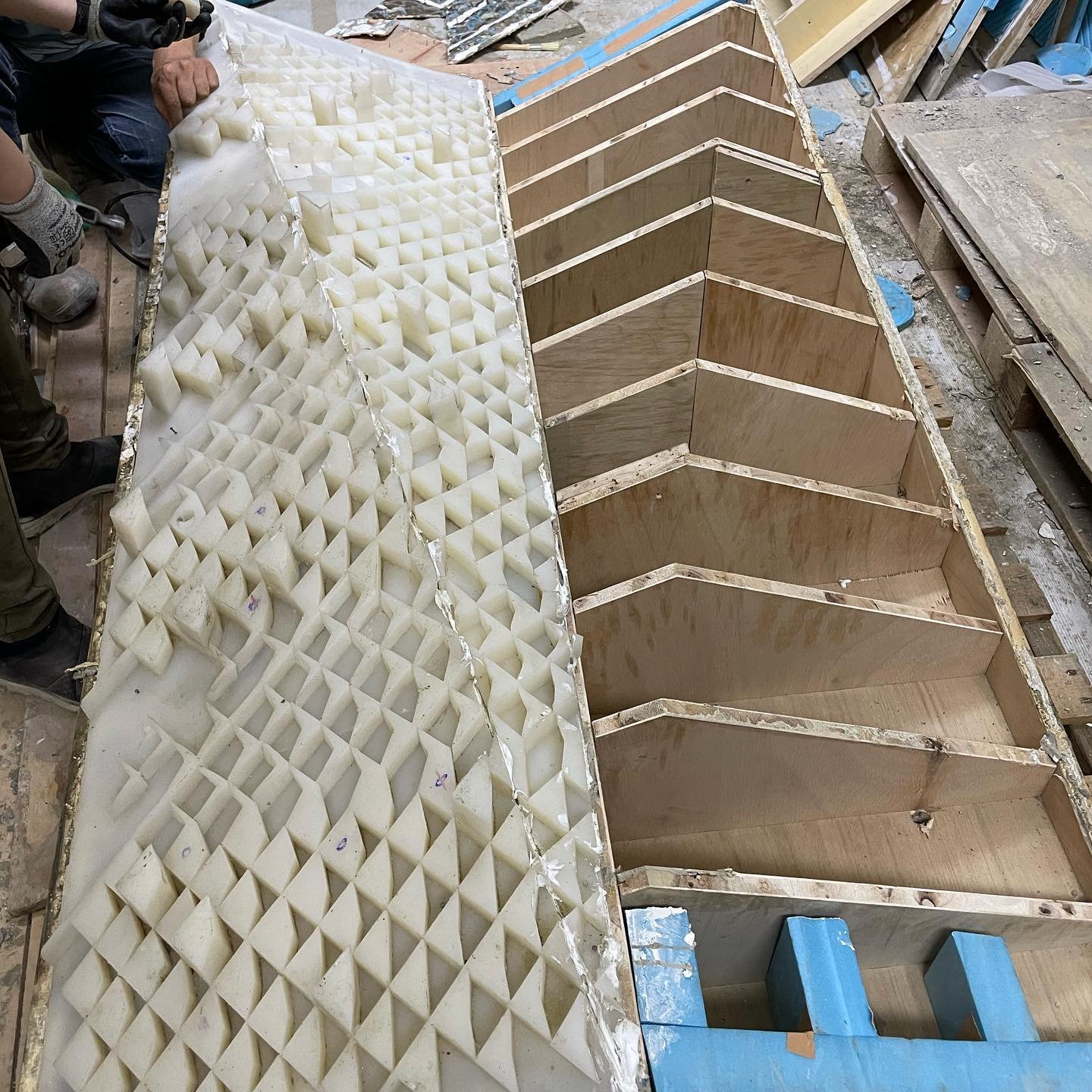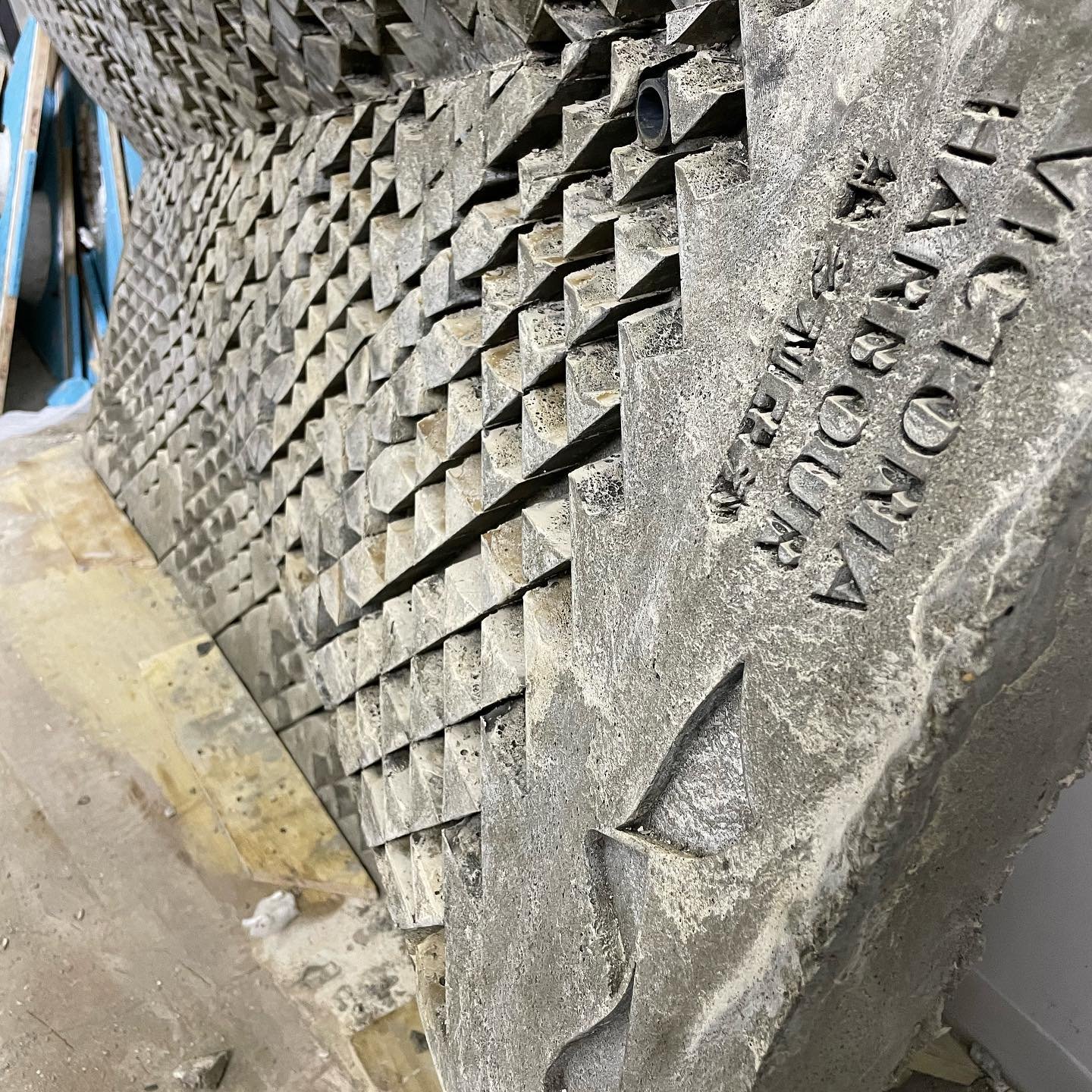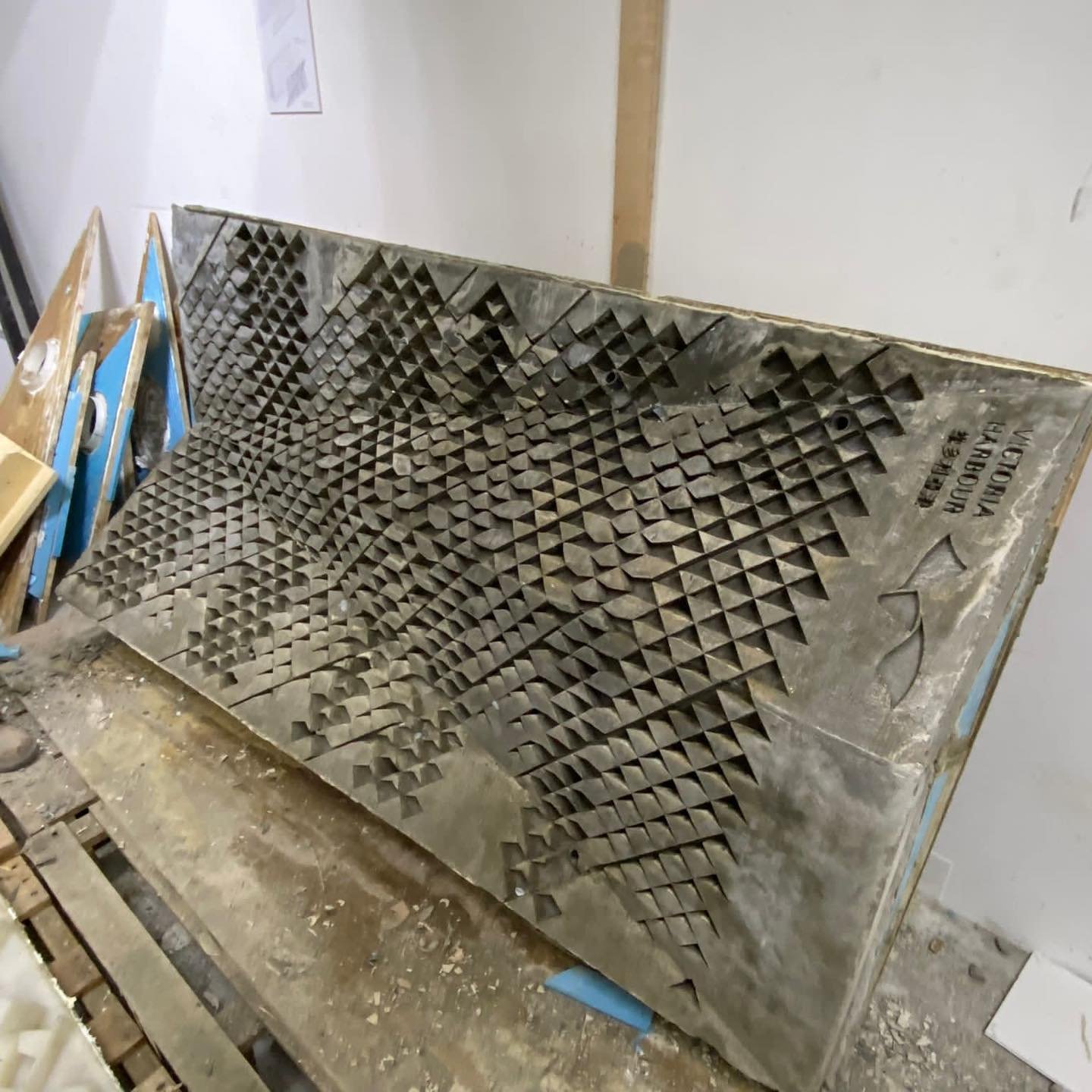INTERTIDAL OBJECTS
Tsuen Wan, Hong Kong
Project
Intertidal Waterfront Masterplan
Client
Development Bureau (Harbour) of the Hong Kong SAR
Size
Multiple Intertidal and Rockpool Units
Collaborators
The University of Hong Kong School of Biological Sciences: Juan Carlos Astudillo, Kenny Leung, Ecosystems Limited
Intertidal Objects are a series of ecological installations designed to increase existing habitat conditions for native species in the Hong Kong Harbour. Through their geometry and void composition the “Coastal Armouring Units” are designed to fit-in to the existing rip rap both visually and physically. Unlike typical armouring units, these can simply be “dropped-in” in a variety of orientations without complex underwater leveling. The “Tidepool Units” are designed with a large primary reservoir that creates a micro-habitat for small fish and algae, an integrated siphon allows the reservoir to be refreshed with tidal seawater and reoxygenated without being fully washed out. The surrounding voids perform a similar function as the coastal armouring units creating calmer safer areas for fish to rest, feed, and lay eggs. Ultimately, it is intended that these units will improve the biodiversity and water quality of the harbour over time. Casting them in CNC moulds with reduced pH concrete allows biofilms to grow and attract surface feeders that in turn attract fish and other fauna in the greater food chain.
The units are designed with intense porosity and faceted octahedral shapes to better blend in with the rip-rap context over time while also being easier to install in complex terrain.
After only a few short months, the Intertidal Object trial units were already completely covered in Chlorophyta. Gastropods and bivalves are beginning to colonize the voids.
These faceted sea wall panels are designed to subvert the typical flat, ecologically poor seawall face. The facets and through panel perforations create space and refuge behind the panel for fish, crustaceans, and invertebrates. The complex texture recruits species in the shaded gaps where heat stress is greatly reduced. Normal seawall panels can reach temperatures of 50C without integral shade, thereby destroying anything attempting to live on the surface. These panels reduce heat stresses dramatically while doubling both surfaces for habitat and new ecologies to establish. The sea wall panels are cast thin using glass fiber reinforcing.


